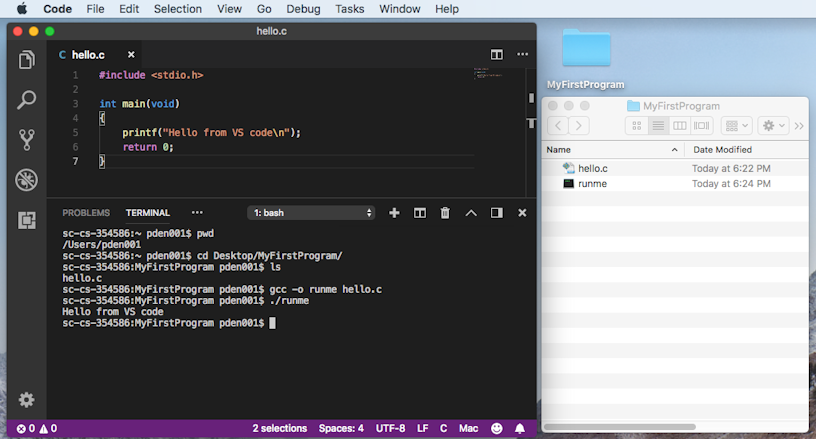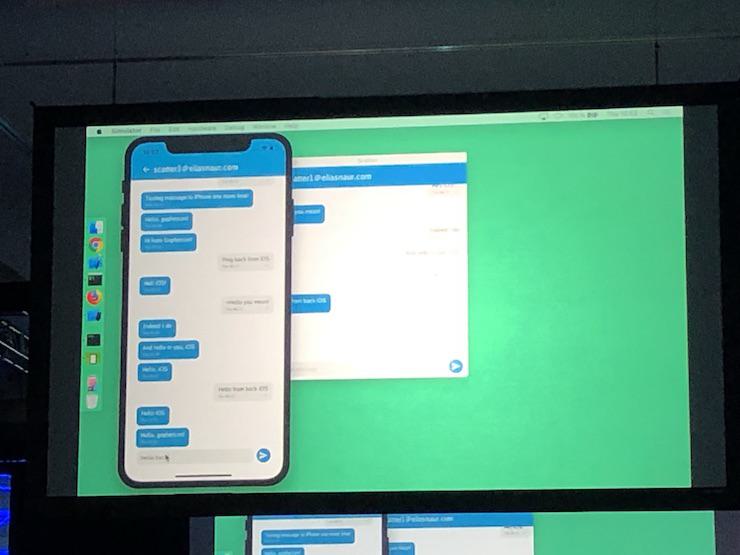H Simply Go Mac OS
sysadminctl -addUser krypted2 -fullName 'Charles Edge' -password testinguser -hint hi
The result would be as follows:
The software has a photo editing tool which allows you to manage the brightness, contrast, and gamma. It also has a Batch Color Correction option. Use the predesigned album to design a new one, simply go to 'open project as template' and select the designed album. Place the photos in the empty area and your album is ready. DOWNLOAD LINK: PASSWORD: 1234-.
No clear text password or interactive option was specified (adduser, change/reset password will not allow user to use FDE) !
Creating user record…
Assigning UID: 503
Creating home directory at /Users/krypted2Notice that in the above, the system automatically selected a home directory and UID. We could have passed those as well, using Now let’s use dscl to view the user we just created:
dscl . -read /Users/krypted2
NFSHomeDirectory: /Users/krypted2
Password: ********
Picture: /Library/User Pictures/Fun/Ying-Yang.png
PrimaryGroupID: 20
RealName: Charles Edge
RecordName: krypted2
RecordType: dsRecTypeStandard:Users
UniqueID: 503
UserShell: /bin/bashNotice that the above is not the whole record you’d typically find with dscl. But if it were, you would not have the AuthenticationAuthority attribute. To see if it can unlock FileVault we can use the -secureTokenStatus operator built into sysadminctl. Simply pass the RecordName and you’ll get an indication if it’s on or off:
sysadminctl -secureTokenStatus krypted2The response should be as follows:
Secure token is ENABLED for user Charles Edge
To just get the ENABLED response we’ll just use awk to grab that position (also note that we have to redirect stderr to stdout): sysadminctl -secureTokenStatus charles.edge 2>&1 awk '{print$7}'
We could append the AuthenticationAuthority attribute with dscl, as we would need a SecureToken. To get a SecureToken, we’ll use the -secureTokenOn verb:
sysadminctl -secureTokenOn krypted mysupersecretpasswordH Simply Go Mac Os Catalina
To disable, we’ll use -secureTokenOffsysadminctl -secureTokenOff krypted mysupersecretpasswordGiven that we like to rotate management passwords, we can do so using-resetPasswordFor which takes a username and a password as -newPassword and -passwordHint respectively:

sysadminctl -resetPasswordFor krypted -newPassword newsupersecretpassword -passwordHint 'That was then this is now'
H Simply Go Mac Os X
sysadminctl -guestAccount status 2>&1 awk '{print$5}'
H Simply Go Mac Os Pro
sysadminctl -guestAccount OffYou can also use sysadminctl to do a quick check of the encryption state of the boot volume using the -filesystem option (although there’s no on and off verb for this option just yet):
bash-3.2# sysadminctl -filesystem status

2017-12-07 10:37:26.401 sysadminctl[8534:466661] Boot volume CS FDE: NO
2017-12-07 10:37:26.434 sysadminctl[8534:466661] Boot volume APFS FDE: YES
The help page is as follows:H Simply Go Mac Os Download
Usage: sysadminctl [[interactive] [-adminUser -adminPassword ]] -deleteUser -oldPassword ] -resetPasswordFor -newPassword ] -addUser ] [-UID ] [-shell ] [-password ] [-home -secureTokenOn -password -guestAccount -afpGuestAccess -smbGuestAccess -automaticTime -filesystem status Pass '-' instead of password in commands above to request prompt.
Why should you switch to sysadminctl for scripts? Entitlements and I’m sure this is how mdmclient will pass management commands in the future… Why should you not? You can’t run most of it as root…